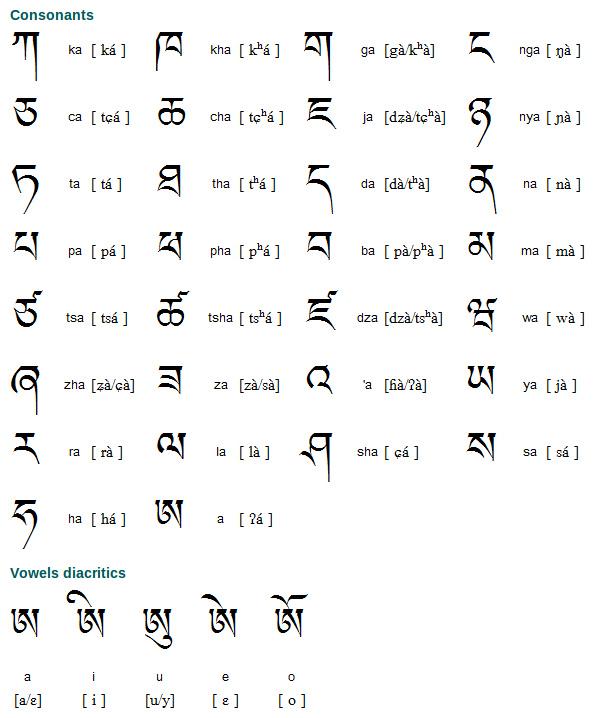BY MID-FEBRUARY 2020, Yulha’s family was running low on perishable food.1 Her village, in the mountainous Tibetan region of Rnga ba prefecture, western Sichuan province, had already been in lockdown for a month. Every morning, her family woke the young woman to check social media and tell them the latest statistics: How many infected? How many dead?
We are all now familiar with some variant of this anxious routine, but what made Yulha’s experience special was the reason her family relied on her for the news. They are among the approximately 10,000 Tibetans who speak the Khroskyabs language and there was almost no information about the epidemic in their language. And so Yulha, whose Chinese was the best in the family, had to translate for them.
News of the epidemic and crucial public health information, spread through Tibet via a network of informal, community-based translators like Yulha, in person and on social media.2 There were no official translations of even vital public health information available in minority languages like Khroskyabs. Policymakers and administrators recognise only a single Tibetan language, based on the written standard.3

Propaganda on a wall in a kindergarten in Shanghai promotes speaking Standard Modern Chinese (Putonghua): ‘Let’s all speak Putonghua and standardise speech and spelling’. Source: Wikimedia
In fact, most of the languages of the People’s Republic of China (PRC) are invisible to, or considered irrelevant by, its policymakers.4 Although the constitution guarantees everyone the freedom to use their native language, in practice, the government relies on an informal policy of recognising only one language for each of China’s ‘nationalities’ (including the Han majority and the country’s fifty-five ‘minority nationalities’); in contrast, linguists identify between 129 and 293 languages in total.5 So, beyond the fifty-six formally recognised languages, most languages in China are demoted to the status of dialects.
Linguists in China were once actively discouraged from identifying languages beyond those officially recognised by the state.6 This started to change in the 1990s, with the launch of a publication series titled New Found Minority Languages in China, edited by Sun Hongkai 孙宏开, one of China’s leading linguists.7 However, policy has not kept pace with the expansion of linguistic knowledge. Instead of monitoring the number of languages that people in China actually speak, the Party-State keeps meticulous records on the number of people who speak the national language, Putonghua, and sets targets to drive this number up.
This national language did not exist at the start of the twentieth century. Linguist David Moser has described Putonghua as ‘an artificially constructed hybrid form, a linguistic patchwork of compromises based upon expediency, history, and politics’.8 Although based in part on the Mandarin of north-eastern China, Putonghua had a total of zero speakers at the start of the previous century. It only came to be spoken by a majority of the Chinese population (53 percent) as recently as 2007.9 By 2015, this number had been raised to 70 percent, and a target was set to reach 80 percent by 2020.10
This increase in numbers has been supported by the special place given to Putonghua in China’s laws: it is the only language that is specifically named in national-level law and the only language that anyone in China is legally obliged to use or learn.11 In contrast, the use of minority languages is ‘desirable rather than mandatory’,12 and languages such as Khroskyabs, which are considered dialects, are mostly excluded from the rights and obligations of China’s language laws.
The Party sees the promotion of Putonghua as the solution to a wide variety of ills in China. For example, it was a key element in the drive to eliminate poverty by 2020. In 2018, the Ministry of Education, the Poverty Relief Office of the State Council and the State Language Commission jointly released a three-year ‘action plan’ to increase Putonghua proficiency among China’s poorest citizens.13 This was because Putonghua is seen as the key to participation in both education and the economy, with integration and prosperity supposedly going hand-in-hand.
The promotion of Putonghua has also been a central focus in the ‘re-education’ camps of Xinjiang, where up to a million people, mostly Uyghurs, have been detained. A Uyghur woman who taught in one of the re-education camps described these ‘educational’ facilities to researcher Ruth Ingram in 2020: ‘students’ chained hand and foot, ‘classrooms’ with closed-circuit television (CCTV) cameras and meals of watery gruel.14 The promotion of Putonghua inside the camps occurs in tandem with the suppression of mother-tongue education outside — two aspects of a broader program of political repression.
The COVID-19 pandemic has revealed crucial shortcomings in the Party’s approach of promoting Putonghua as a magic bullet, whether for poverty alleviation or national unity. In Hubei province, for example, officials realised that unless they used local dialects, they could not ensure clear and effective communication on important public health issues. They mobilised linguists and public health experts to ensure that information was available and comprehensible to everyone in languages they understood.15
Such efforts were constrained, however, by the state’s refusal to recognise the majority of languages spoken in the country. Most of the public health translation work carried out during the pandemic was done unofficially, at the grassroots level by people like Yulha. Meanwhile, on social media, a range of ‘influencers’, including ‘cartoonists, poets, singers, calligraphers, [and] writers’, made public health information available to their audiences in the language they understood best. In Inner Mongolia, some influencers were so effective in spreading the message about the pandemic that state media co-opted and reused their content.16
In a crisis like the COVID-19 pandemic, there are serious implications of the state’s failure to adequately recognise linguistic diversity and provide public health information in the languages that people know and use. These include people being misinformed about what is happening and unclear about instructions to protect their health, thereby putting themselves and their communities at risk.
Even more important than the clarity and accuracy of information is the issue of trust. People tend to trust information they receive from a source they consider reliable, which often requires it to be in a language that is most familiar.17 That sense of trust in turn influences how any individual acts on information they receive. In a pandemic, that, too, can have significant consequences not only for the individual’s own health, but also for that of the broader population.
In Tibet, the experience of the SARS epidemic suggests that Tibetans did not trust information they received in the language of the state. Anthropologist Beth Meriam describes how Tibetans in Qinghai province responded with a mixture of distrust and cynicism to the state’s efforts to control the disease and spread public health information. Instead, they reached out for what was familiar and comforting: their faith, their language, and their community.18 When rumours spread that the Dalai Lama was conducting an empowerment ritual to protect Tibetans from the disease, locals waited at the designated time with doors and windows open to receive his blessings. In the end, the epidemic served to further drive a wedge between local Tibetans and the state, undermining rather than building trust.
Likewise, during the COVID-19 pandemic, Tibetans — like people all across China — reached for languages they understood, which comforted them and that they trusted. Because Putonghua is the language of state and party propaganda, and is used in places like Tibet and Xinjiang as a tool of repression, it fails to be the language of trust.



